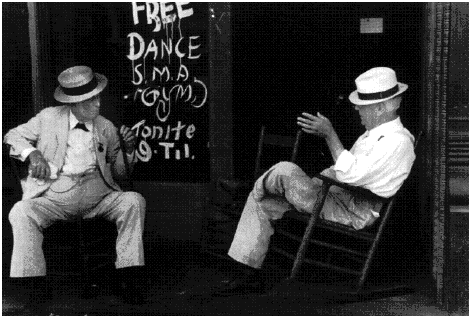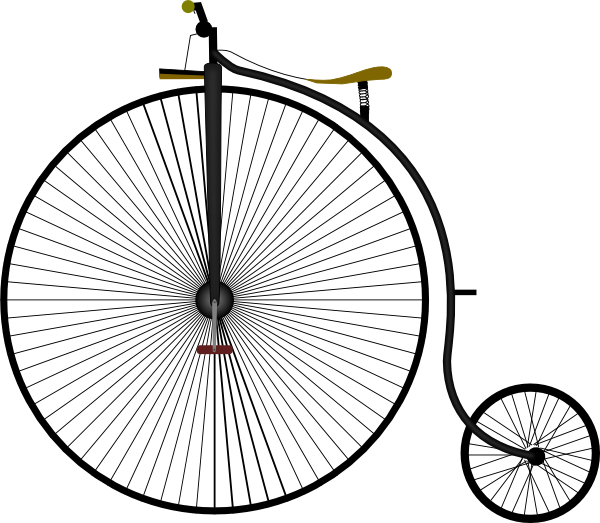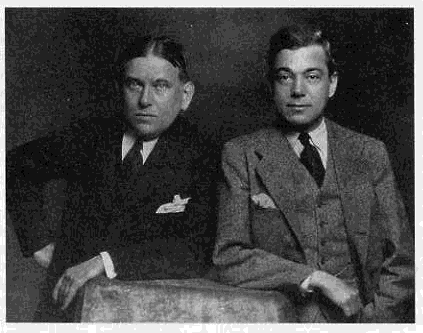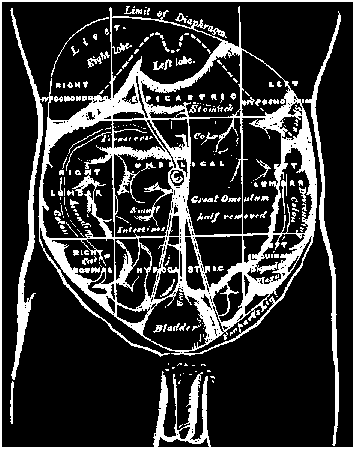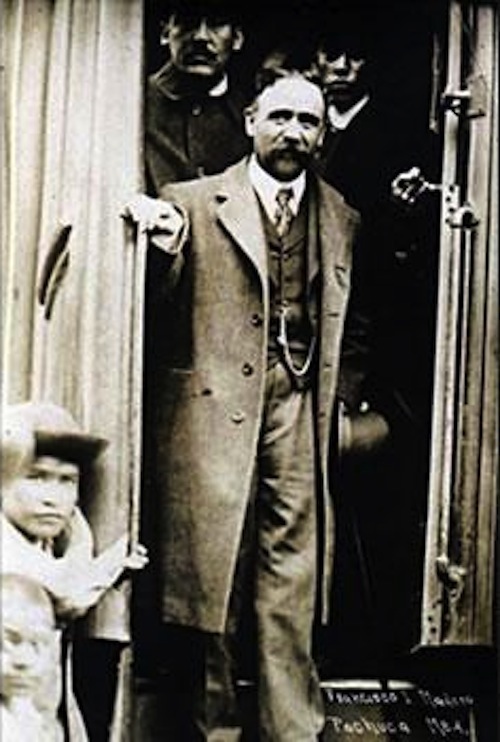Every day our server lets us know about our "hits,"
those black-and-blue spots on our home page
that tell us who is reading what from
our more than 5,000 reviews, readings,
articles, poems and miscellany online.
What is interesting about this inventory is that
many of these pages from up to twenty years ago
are still being called up repeatedly
by our captious (if not lovable) readership.
Here are the top fifteen culled by them
from our last month's inventory.
An Epic Tragedy
Diana Preston
(Walker)

She was built by the Cunard Company, who had been transporting people across the Atlantic since 1840. She was underwritten by the English government, a product of the need to compete with France, Germany and the United States for domination of the seas. She was named by a Professor G. G. Ramsay who recalled the "evocative names of such ships as the Umbria, Etruria, Campania, and Lucania." Cunard named the Lusitania after Roman Portugal.
The disaster occurred in 1915, as a result of being hit directly mid-ship by a torpedo fired by a German U-Boat (officially the U-20). The Lusitania sank in eighteen minutes. Of the 1,959 passengers and crew, 1,198 died of injury, drowning or exposure, including 49 children. As the author notes dryly,
Compared with daily casualty figures at the Front, the Lusitania fatalities were tiny. But world reaction to what had occurred off the Irish coast Friday 7 May 1915 was enormous.
review
G. Edward White
(Oxford)
In truth, as a judge --- and as a man --- Junior was a bit of a prig, which reminds me of Samuel Johnson's famous dialogue on prigs with Mrs. Knowles, as reported in The Life of Johnson.
Johnson:
Mrs. Knowles: (not hearing him distinctly): What! a Prig, Sir?
Johnson: Worse, Madam; a Whig! But he is both.
Junior was probably a bit of both, too. We think of him as the progressive jurist, but this book tells of some opinions that belie this.
Such as Buck v. Bell, a Virginia law that allowed for the sterilization of residents of state mental facilities (Holmes voted to uphold the law). Or Northern Securities Co. v. United States, which sought to dissolve a oligopolistic, predatory holding company (Holmes voted against the suit).
He also voted to uphold the conviction of Eugene V. Debs who, in a public speech, railed against the WWI draft. Debs was jailed under the Espionage Act of 1917, and O. W. Holmes, Jr., that scamp, found nothing wrong with sticking perorating peaceniks in the pokey.
Late in life, Holmes may have come out in support of other forms of freedom of speech, but, at the same time, he confided to a friend: "I regarded my view as simply upholding the right of a donkey to drool."
review
of the Century
Joyce Carol Oates
Robert Atwan, Editors
(Houghton Mifflin)

The Century.
Incest is best, right?
Actually, the story does have a touch of incest, but it has something more important: the feel of something tossed in the salad-bowl by one who has no trouble stringing 2,000 or 3,000 words together on a hot Wednesday afternoon. "Now what should I write about?" Ms. Oates asks herself. "Remember, this is going to be listed as one of the best essays of the century." How about ...
Yes, that's it! Those peasants who lived down the way from us when we were growing up --- poor white trash named Weidel. There were some brothers in prison, the father beat up on the wife something awful (bit of boxing lore here), they say he did something bad to the daughters (there were rumors) --- and finally, he burned down the house. That's the ticket: noisome neighbors in our almost perfect small town of Millersport, N. Y. contrasted --- good literary trick --- with a normal and happy family.
How to cook it together quickly (we don't have much time: there are those classes at Princeton, a book review due next week for the NYRB and that speech at the MLA). How about some lists --- lists are big now --- like what was left over after the Weidel house burned up?
Children's clothes, socks and old shoes heaped on the floor...an old sweater of Ruth's, angora-fuzzy ... a naked pink plastic doll. Toppled bedsprings, filthy mattresses streaked with yellow and rust-colored stains.
And then ... the aftergrowth on the walls: "trumpet vine, wisteria, rose of Sharon, willow ..." And what did the old man use to go after his wife? "A butcher knife, a claw hammer, the shotgun."
Yes, lists are good, and good for filling up space, but there has to be philosophy somewhere here, brain-juice. How about ... let's ask ourselves, what is a house anyway? How about
a structural arrangement of space, geometrically laid out to provide what are called rooms, these divided from one another by verticals and horizontals called walls, ceilings floors.
27 more words (and I like that bit, not rooms, but "what are called rooms.") True, this might not make it in the philosophy department: it's just another list in disguise. So how about ... how about something on ... ah ... reality? How about
For to be a realist (in art or in life) is to acknowledge . . .
review
Cynthia Berger
(Stackpole)



